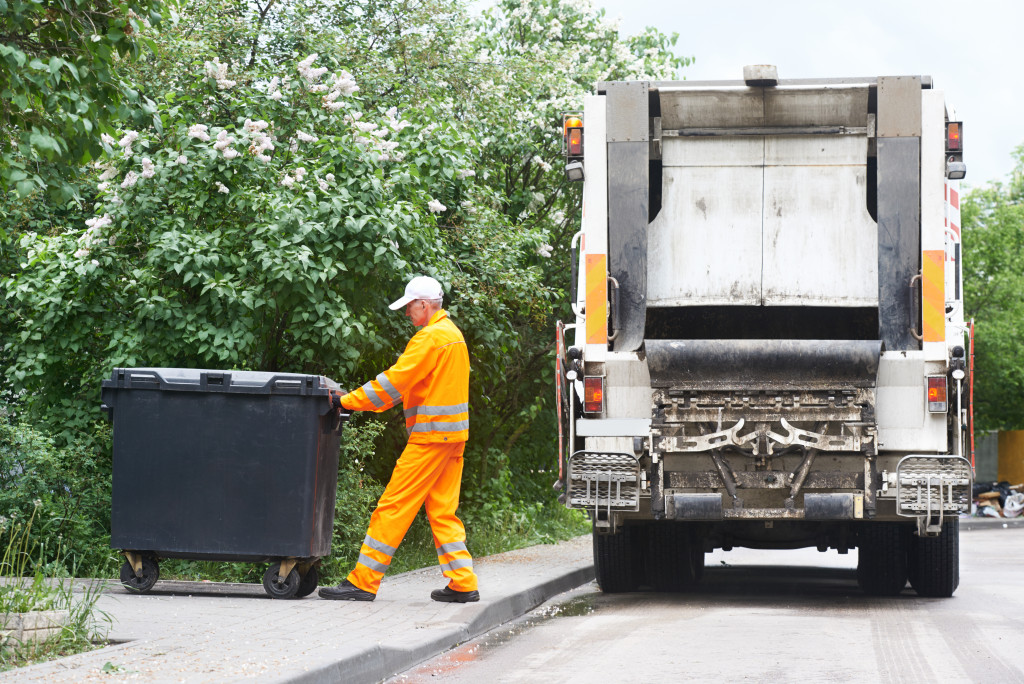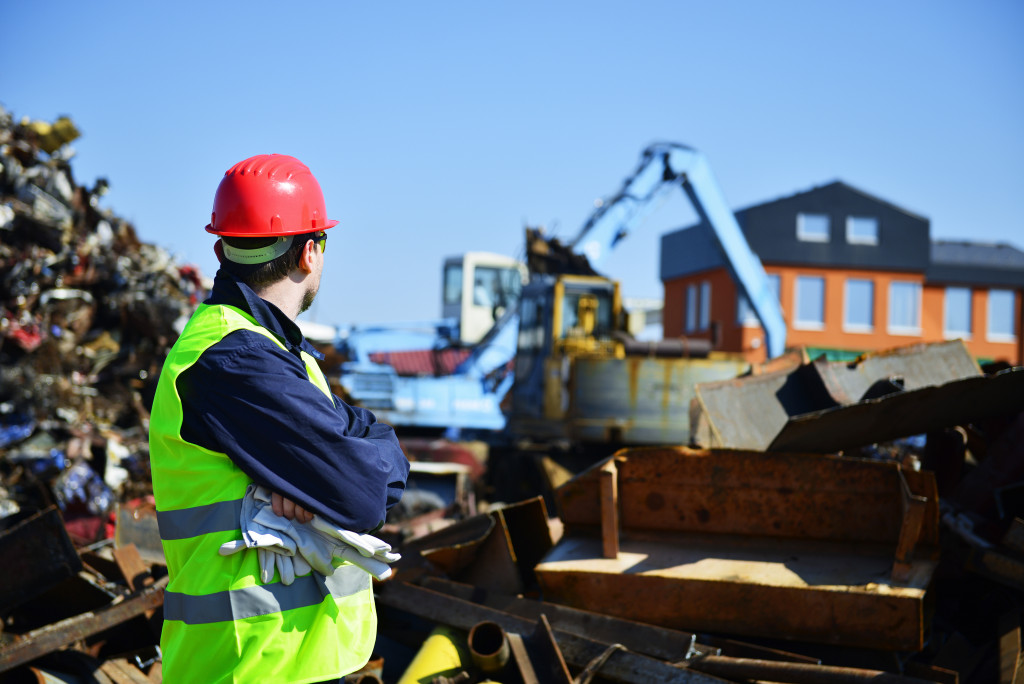The United States is facing a waste management crisis. The country produces more waste than any other country globally, and only a tiny percentage of that waste is recycled or composted. As a result, most of our waste ends up in landfills and decomposes, turning into dangerous methane and other greenhouse gas.
Thankfully the country is starting to take steps to address this problem, and one of the most promising solutions is digital technology. Digital technology can be used in various ways to improve waste management. Here are a couple of ways it can do that.
Tracking Our Waste
Currently, the United States does not have an excellent system for tracking its waste. We produce a lot of waste, but we don’t necessarily know where it all goes or what happens to it after it leaves our hands. This makes it difficult to make informed decisions about reducing our waste output.
Digital technology can help with this problem by providing a way to track our waste from beginning to end. For example, RFID tags could be attached to trash bags to be tracked as they move through the waste management system. This would give us valuable data about where our waste is going and what happens to it after we dispose of it.
This data would be invaluable in helping us to identify areas where we can improve our waste management practices.
Making Recycling easier
One of the most significant barriers to recycling is simply its inconvenience. It can be difficult and time-consuming to sort through our waste and separate the recyclable materials. As a result, many people don’t bother recycling at all.
Digital technology can help make recycling more manageable and more convenient. For example, smart trash cans could automatically sort waste into different categories, making it easier for recycling facilities to process the waste. Or, individuals could use a smartphone app to scan their trash and get information about what can be recycled and where.
Making it easier for people to recycle would go a long way in reducing the amount of waste in landfills.
Paying People to Recycle
Another barrier to recycling is that it often doesn’t make financial sense for people to do it. It can cost money to recycle materials, and in many cases, it’s cheaper to throw them away. As a result, many people don’t see any incentive to recycle.
Digital technology can be used to create financial incentives for recycling. For example, individuals could be paid for recycling certain materials through a smartphone app. Or, companies could be given tax breaks for recycling their waste. They can also be offered discounts in a local department or convenience store.
These financial incentives would encourage more people to recycle, which would reduce the amount of waste going into landfills.

Digital Apps
There are a variety of digital apps that can help people manage their waste. For example, some apps allow people to track their recycling progress, find nearby recycling facilities, or learn about what materials can be recycled. There are also apps that allow people to compost their food waste or donate unwanted items.
There are also apps that rent roll-off dumpsters. This can help homes and events manage their trash. These apps make it easier for people to reduce their waste and recycle more. As more people use these apps, the amount of waste going into landfills will decrease.
Newsletters
Digital newsletters are a great way to learn about what’s happening in the world of waste management. These newsletters can provide information about new recycling programs, tips for reducing waste, or news about advances in digital technology.
Subscribing to a digital newsletter is a great way to stay up-to-date on the latest developments in waste management. This will help you make informed decisions about how to reduce your waste and recycle more.
Social Media
Social media can be used to spread the word about waste management. For example, Twitter can be used to tweet about recycling events or share tips for reducing waste. Facebook can be used to post about new recycling programs or share articles about advances in digital technology.
Using social media is a great way to raise awareness about waste management. Digital technology can help us manage our waste better. This would give us information about where our waste goes and what happens to it after we dispose of it. Knowing this information would help us improve our waste management practices.
Digital technology is improving our waste management practices in a variety of ways. By tracking our waste, making recycling more accessible, and providing financial incentives for recycling, we can reduce the amount of waste going into landfills. This would be a major step forward in protecting our environment.

